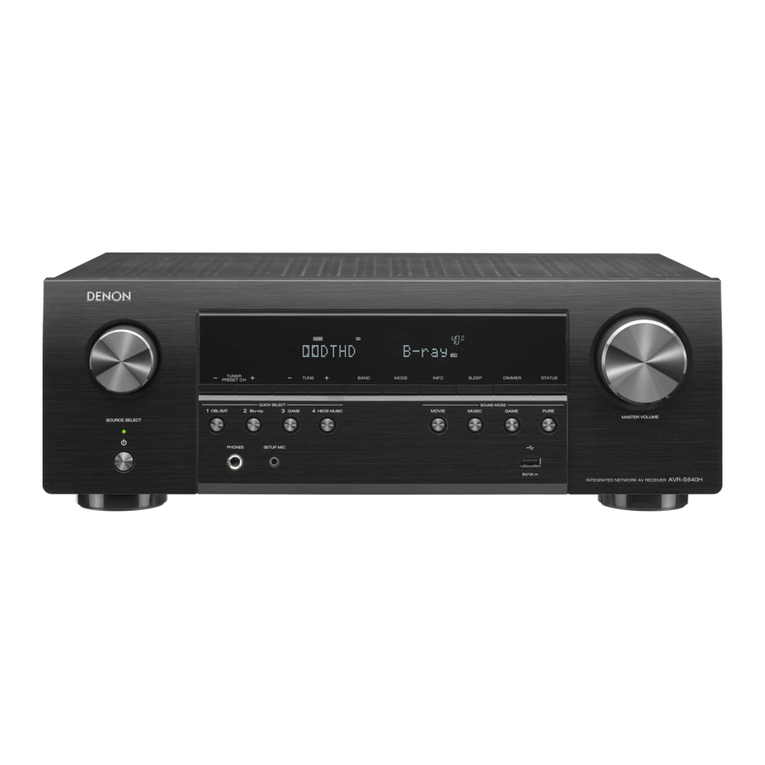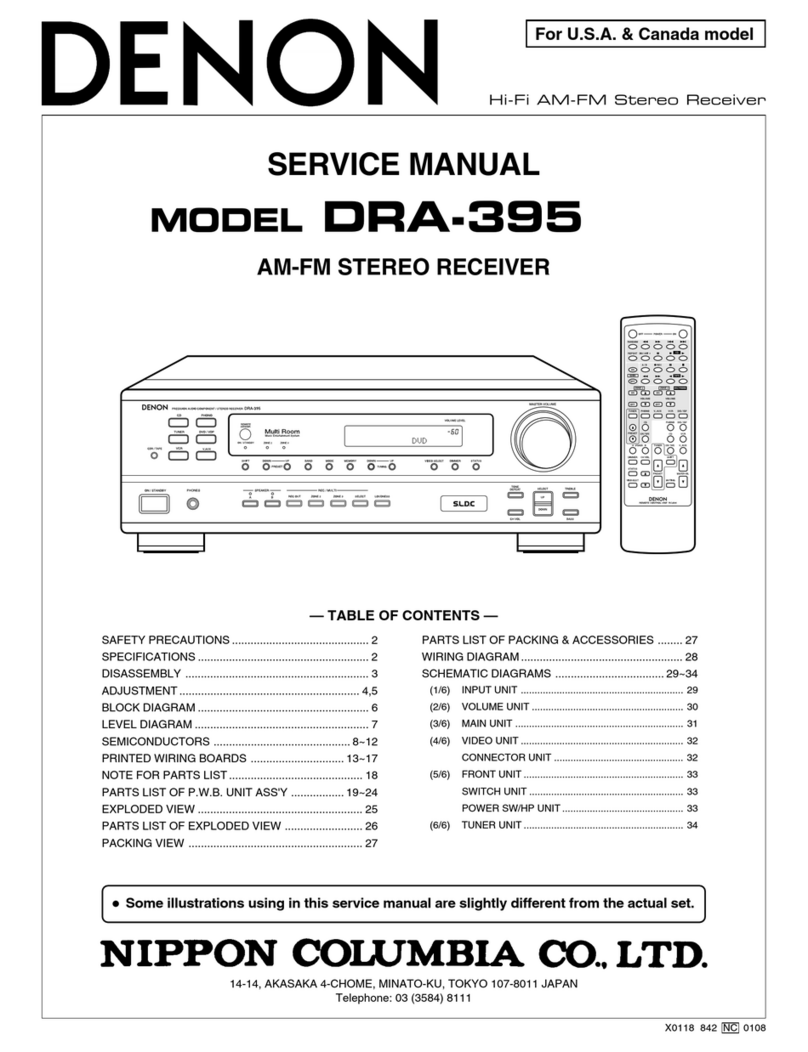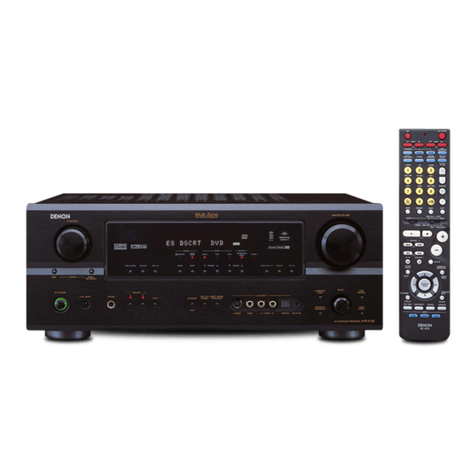Denon DR-M33HX User manual
Other Denon Stereo Receiver manuals
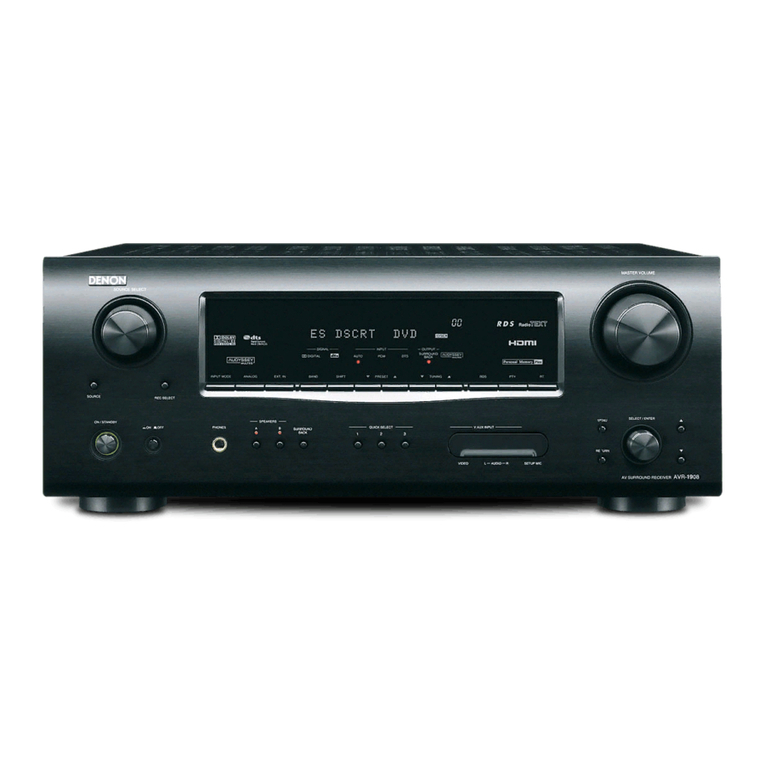
Denon
Denon AVR-1908 User manual
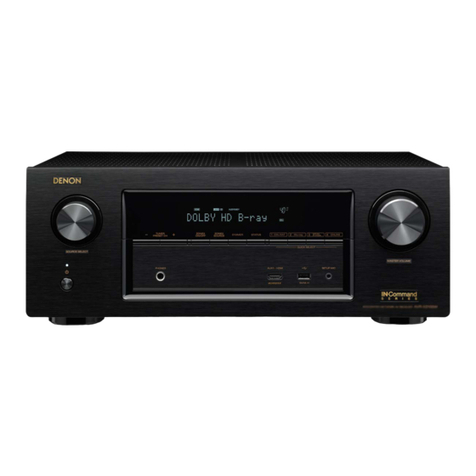
Denon
Denon AVR-X2300W User manual
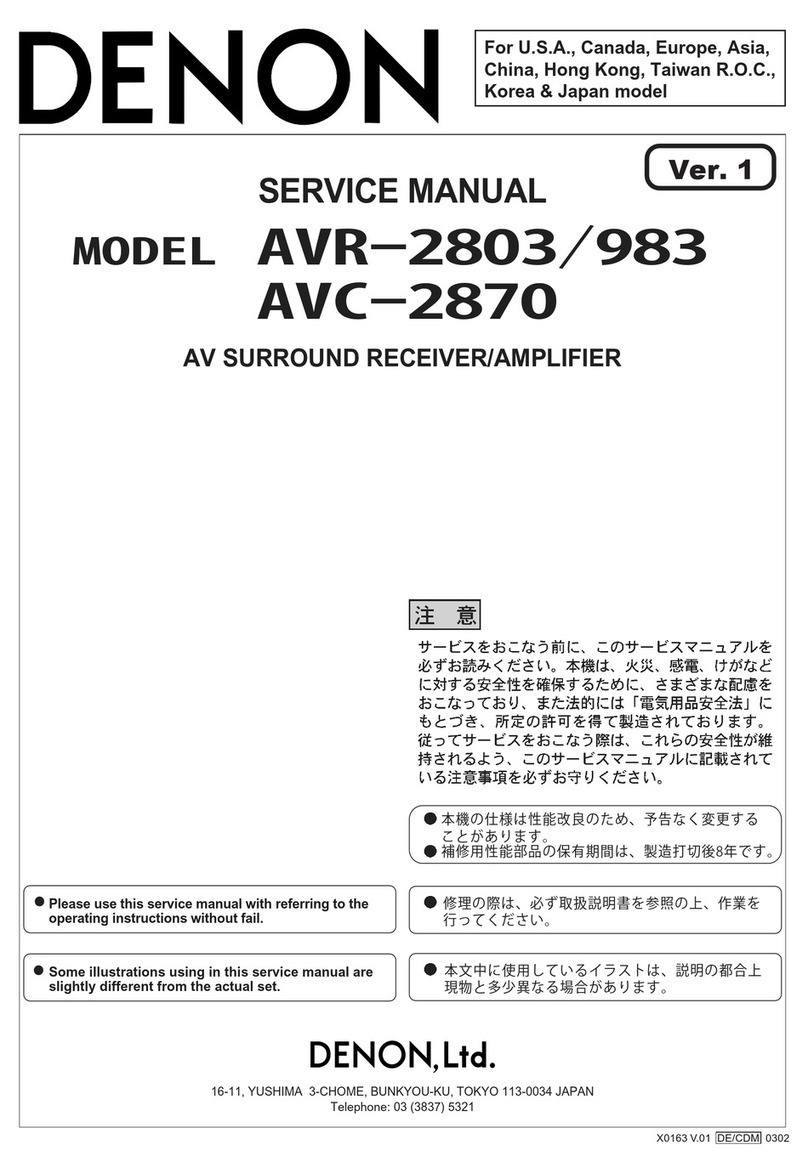
Denon
Denon AVR-983 User manual

Denon
Denon AVR 2808CI - AV Receiver User manual

Denon
Denon AVR-2310 User manual
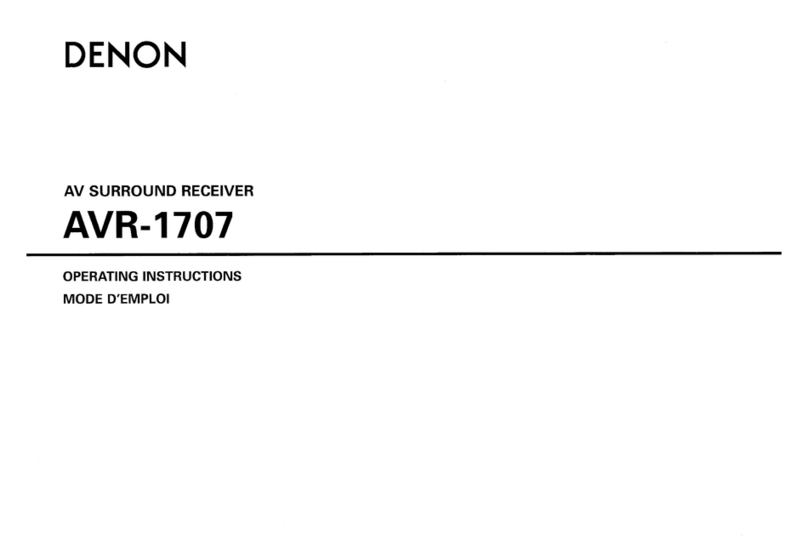
Denon
Denon AVR-1707 User manual
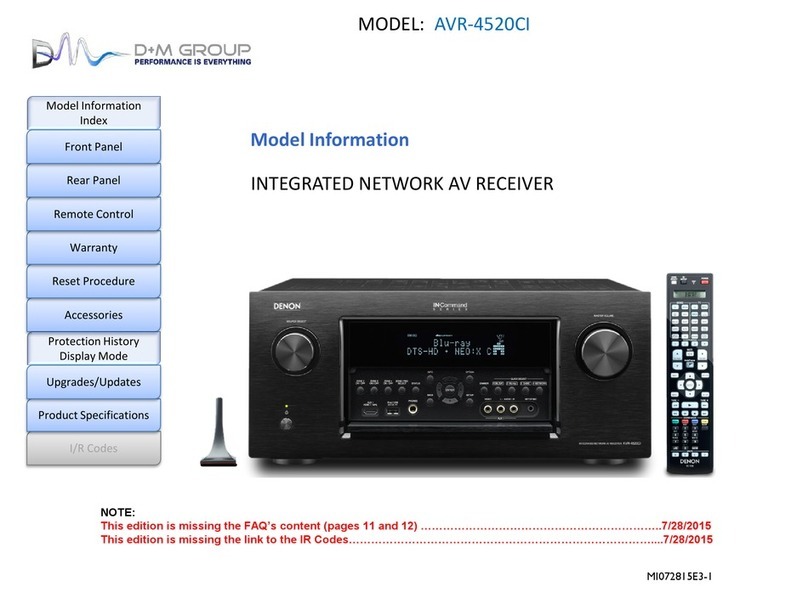
Denon
Denon AVR-4520CI User manual

Denon
Denon DR-M3QHX User manual
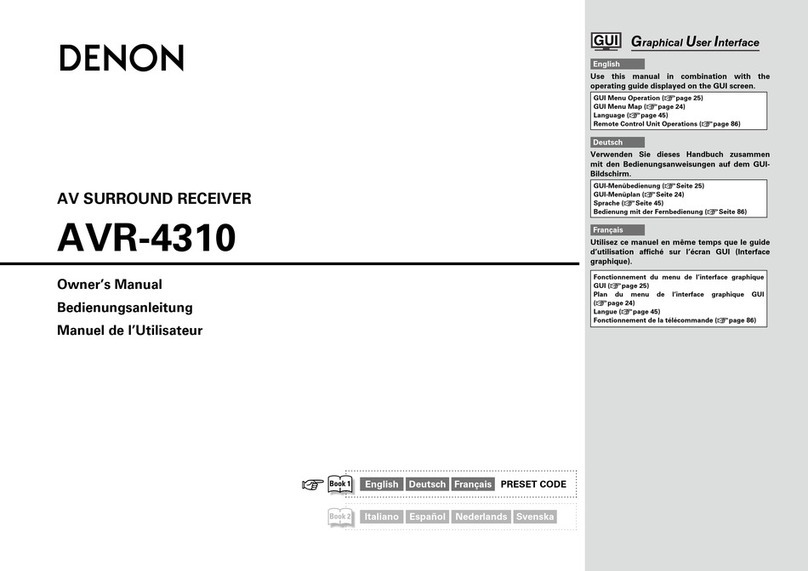
Denon
Denon AVR-4310 User manual
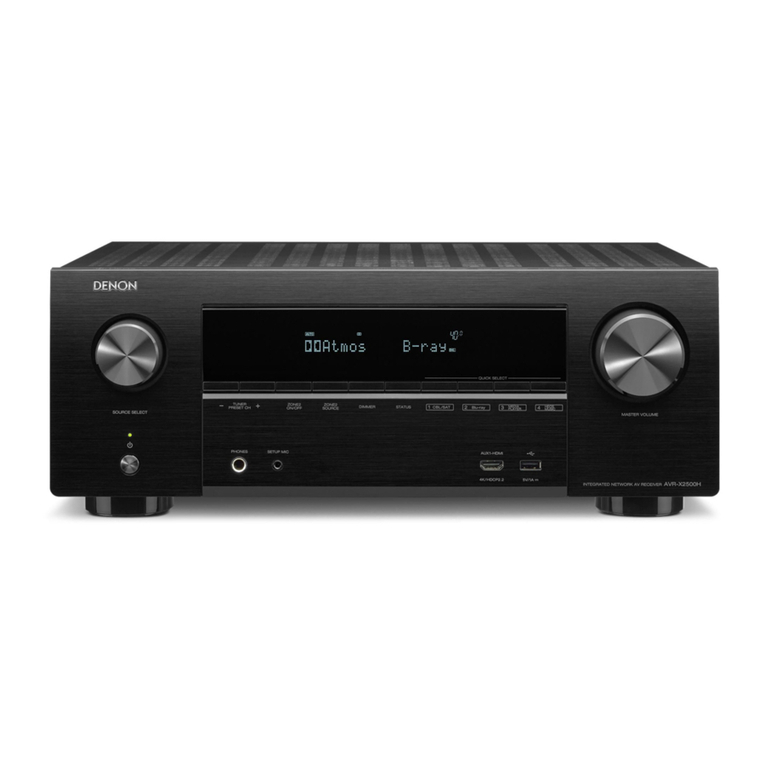
Denon
Denon AVR-X2500H User manual
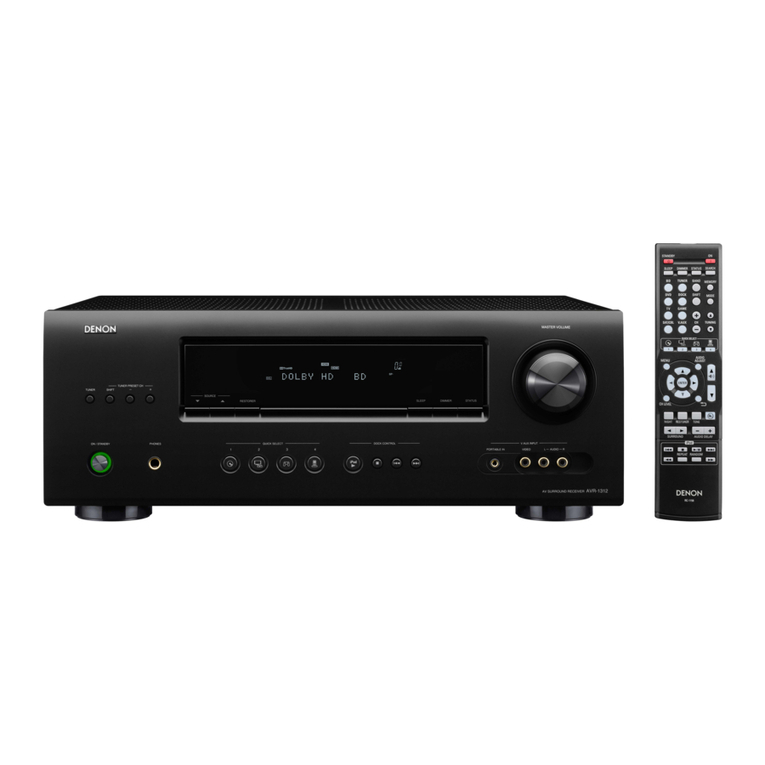
Denon
Denon AVR-1312 User manual

Denon
Denon DRA-F109 User manual
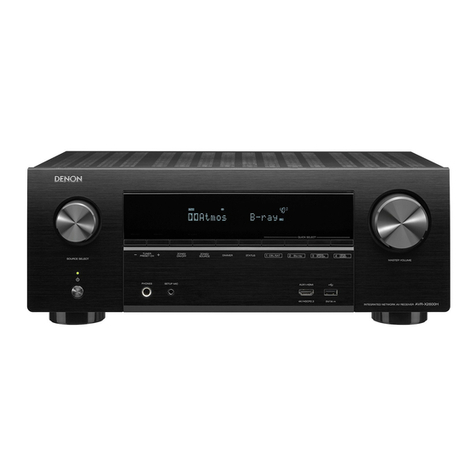
Denon
Denon AVR-X2600H Series User manual
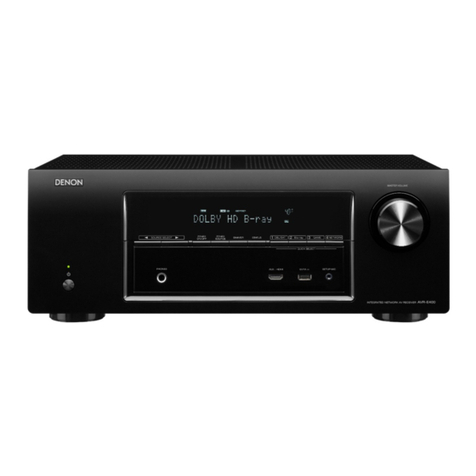
Denon
Denon AVR-E400P User manual

Denon
Denon AVR-3808CI User manual
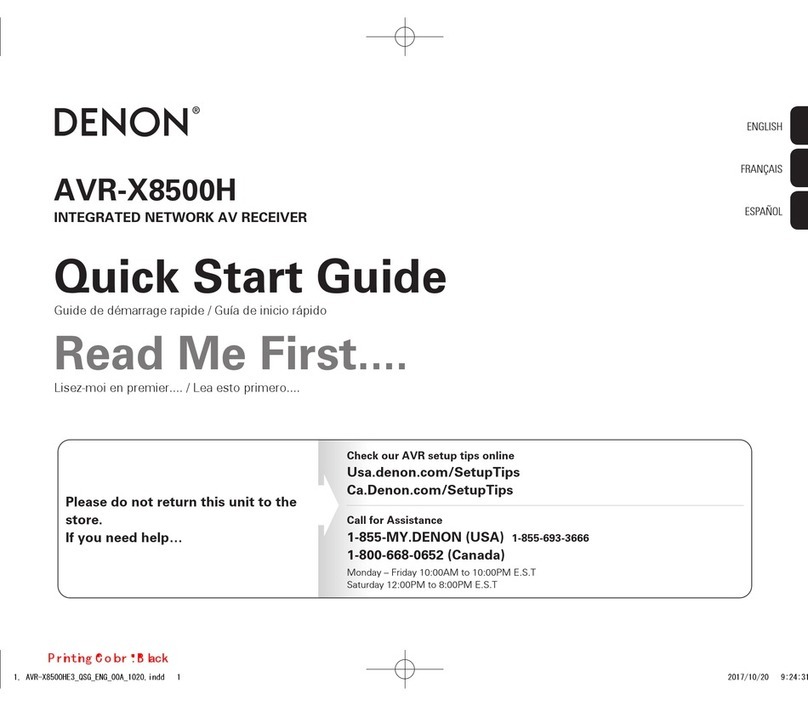
Denon
Denon AVR-X8500H User manual

Denon
Denon AVR-X2500H User manual
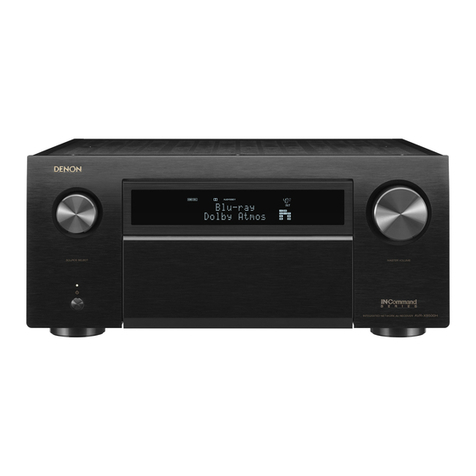
Denon
Denon AVR-X8500HA User manual
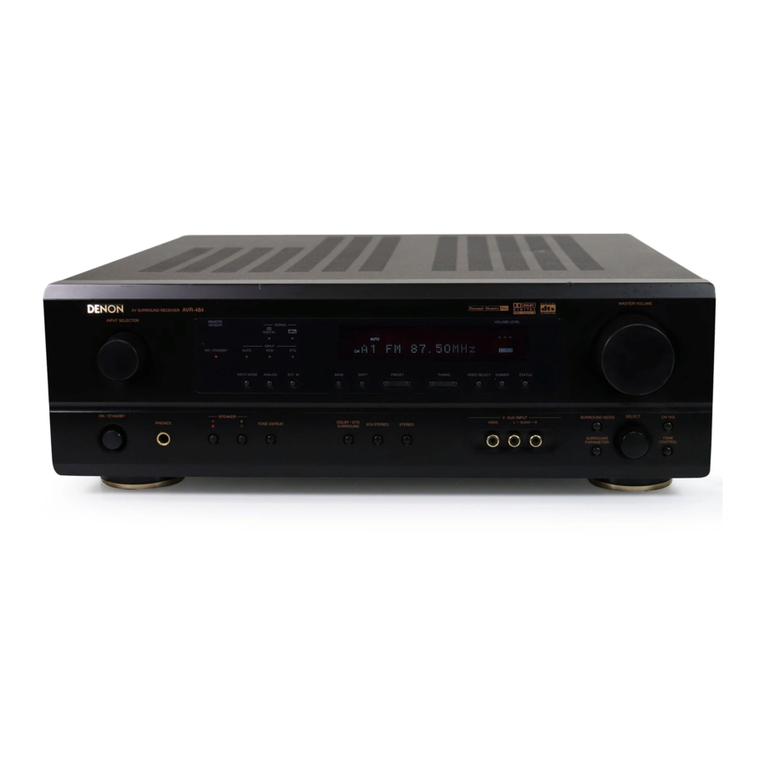
Denon
Denon AVR-1404 User manual
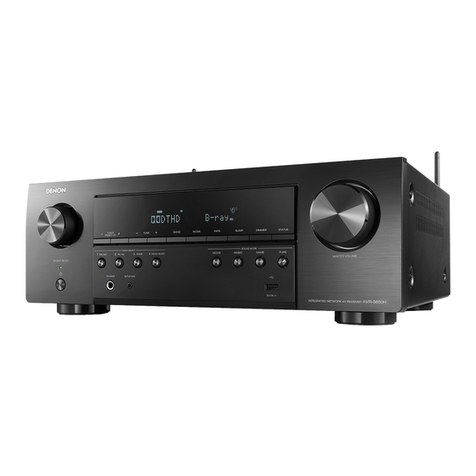
Denon
Denon AVRS650HOM User manual
Popular Stereo Receiver manuals by other brands

Sony
Sony STR-DE535 - Fm Stereo/fm-am Receiver operating instructions

Pioneer
Pioneer SX-1000TA operating instructions

Yamaha
Yamaha MusicCast TSR-5B3D owner's manual

Sony
Sony STR-DG500 - Multi Channel Av Receiver Service manual

Sherwood
Sherwood Newcastle RX-770 operating instructions

Panasonic
Panasonic AJSD955B - DVCPRO50 STUDIO DECK Brochure & specs
